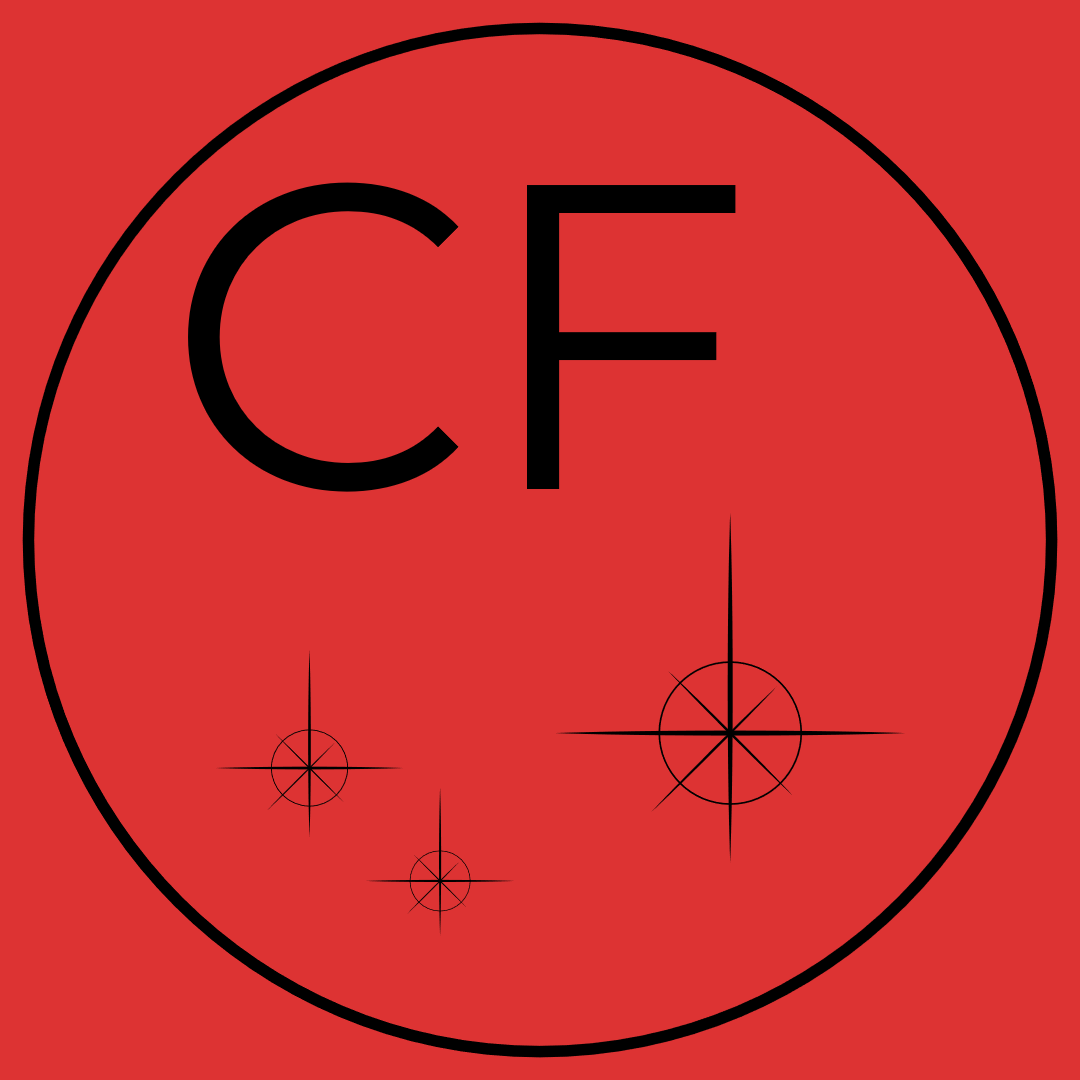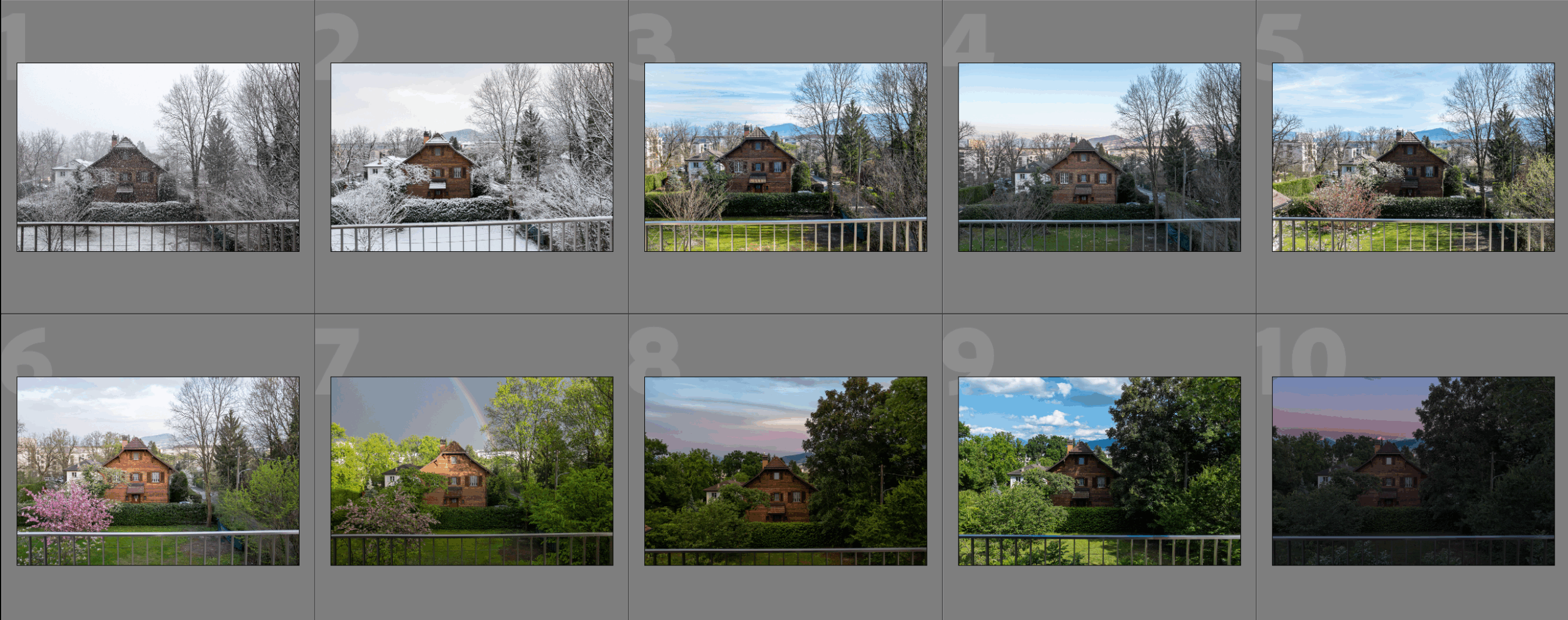Introduction
Creating a compelling time-lapse isn’t just about capturing images at regular intervals—it’s about consistency, clarity, and visual flow. Environmental factors like fog, shifting light, or camera movement can introduce unusable frames: blurry, underexposed, or overexposed. Manually sorting through hundreds or thousands of photos is inefficient and error-prone. Fortunately, tools like Futura Photo and Futura Time Lapse offer intelligent automation to streamline this process.
The Challenge: Inconsistent Frames in Time-Lapse Sequences
Even with a well-planned shoot, time-lapse sequences often suffer from:
- Blurred images, caused by fog, condensation, or slight camera shake.
- Underexposed frames, typically during dawn, dusk, or heavy cloud cover.
- Overexposed shots, due to sudden light changes, reflections, or incorrect settings.
These inconsistencies disrupt the visual rhythm of the final video, creating jarring transitions and reducing overall quality. Manual curation is time-consuming and subjective—especially when dealing with large datasets.
Imagine you want to create a four seasons time lapse, made of a few thousands of images. You will need to decide which images to keep like for these few examples:




Whereas Time-lapse sequences often suffer from these visual inconsistencies, Futura Photo addresses these issues using a set of intelligent, rule-based filters that automatically evaluate and sort each image in the sequence. The key rules include:
- Sharpness Rule: Detects motion blur or focus issues by analyzing edge clarity and contrast. This rule is particularly effective for identifying frames affected by fog or vibration.
- Overexposed / Underexposed Rule: Flags images with exposure levels that deviate too far from the sequence average, ensuring consistent brightness and avoiding flicker.
- Overclipping Rule: Identifies frames with excessive highlight or shadow clipping, which often results in loss of detail and poor dynamic range.
Each rule is customizable, allowing photographers to define acceptable thresholds based on the shooting context. For instance, in a foggy sunrise sequence, the Sharpness Rule can be relaxed slightly to retain atmospheric softness while still rejecting unusable frames.
Once applied, these rules enable Futura Photo to automatically filter out low-quality images, leaving a clean, consistent set of frames ready for alignment and rendering.
Optional Alignment with Futura Time Lapse
Once the images are sorted, alignment may be necessary—especially if the camera shifted slightly or if the scene includes dynamic elements. Futura Time Lapse includes a robust alignment module that:
- Detects key points across frames
- Applies geometric corrections
- Stabilizes the sequence for smooth playback
This step is crucial for avoiding jitter or drift in the final video, particularly in long-term time-lapse projects.
Building the Final Time-Lapse
With clean, aligned frames, the time-lapse creation process becomes straightforward:
- Choose your playback speed (frames per second)
- Apply optional color grading or transitions
- Export in high resolution (4K, 8K, etc.)
The result is a polished, professional-grade time-lapse that maintains visual integrity from start to finish.
Conclusion
Automating the selection and alignment of time-lapse frames is no longer a luxury—it’s a necessity for photographers who value precision and efficiency. Futura Photo and Futura Time Lapse offer a powerful workflow that transforms raw sequences into stunning visual narratives with minimal manual intervention.

